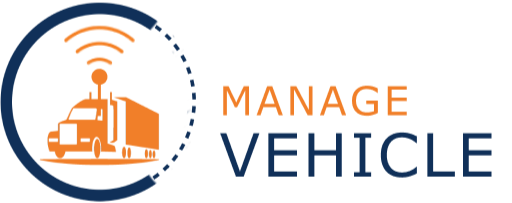For the longest time, multi-vehicle road accidents involving trucks were notorious in Australia. In 2021, the truck drivers on the road will be safer than ever. The dangers and risks of truck driving in Australia have been steadily decreasing despite the fact the there are more trucks.
According to the NTI’s National Truck Accident Research Centre (NTARC), the recorded number of truck accidents are down by 16% year-on-year. This comes as an outstanding achievement—even as freight movement and heavy vehicles have been increasing by 50% since 2003.
The leading causes of truck accidents are the following:
- Fatigue
- Inattention/distraction
- Inappropriate vehicle positioning
- Fire
- Medical event
- Inappropriate speed
What are the best practices that are driving this change forward?
Driver Alerts
Truck drivers face a lot of challenges and uncertainties while they’re out on the road. Although they are trained and adequately prepared for the job, things can become quite tricky after long hours of being on the job.
A big part of fleet management is improving communication and providing reliable driver alerts and assistance. The help they are given is invaluable in helping to reduce accidents.
Driver Reporting or Scorecards
It’s important to remember the human element of truck driving. Truck drivers have a responsibility to keep cargo safe and secure while out on the road and the collective safety of other drivers. However, they’re only human, and they are still vulnerable to fatigue and developing bad habits to cope with the difficulties of the job.
By implementing driver reporting or scorecards, companies can keep better track of their behaviour. From there, you can easily spot problematic drivers that might need additional assistance or training. This also makes it easier to give incentives to the drivers that are performing better than others—a great way to boost morale and maintain good performance.
Reports on Diagnostic Trouble Codes
Timely and consistent vehicle maintenance is crucial if you want to ensure the safety of your drivers and other people on the road. It is essential to keep track of issues and take care of them as soon as possible.
You can use a fleet management software system to ensure that you’re updated on any issues with the vehicle. Diagnostic trouble codes (DTC) will help you spot any problems early on and fix them before it becomes a safety issue.
Better Safety Procedures
Ensure that everyone on your team is aware of and understands basic safety procedures. These rules should be consistent and readily available for anyone that needs a refresher on what to do. Don’t leave any room for misinterpretation or misunderstanding of your safety procedures. Keep the rules clear, cohesive, and convenient.
Aside from that, conduct regular sessions to train the drivers both new and experienced. Technology is ever-evolving, and even the most experienced need to keep up to date with new systems and rules.
Summary
The number of multi-vehicle accidents that involve trucks have significantly decreased over the years. Thanks to stricter road safety laws and safer vehicle standards, Australia’s roads and all drivers are safer than ever.
Proper fleet management and driver safety standards will improve in the coming years, with more advancements in technology and data-driven insight. Although numbers can still fluctuate, the right tools and proper measures are continuously being implemented.
If you are looking for a reliable and practical solution to improve your drivers’ safety and performance, we can help you. Manage Vehicle offers a smart fleet management system that allows managers and owners to run their fleet smoothly on the road with no high fuel costs, extra miles, or delays in delivery. Use software for modern fleet and compliance management. Get a quote for your company now!




